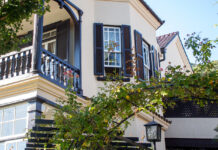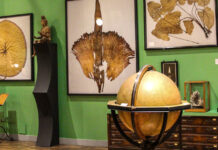Hidden away in Tokyo’s affluent Komaba district is a little-known story: a tangle of lives, and a tale of two homes. One house is a grandiose pseudo-European mansion of remarkable opulence, and the other, a tasteful Japanese dwelling created in the classic ‘shо̄in-zukuri’ style.
The two homes previously belonged to Maeda Toshinari, the 16th Marquis of the Kaga domain (today’s Ishikawa prefecture). When Japan transitioned from the Edо̄ to the Meiji period in 1868, the samurai class was formally abolished. However, samurai clans with centuries of accumulated power, wealth, and influence didn’t just disappear overnight. High-status clans rose to prominence through multiple generations of power struggles, violence, and political game-playing. In Japan, as with many other nations, family-centric feudal systems had been the norm for centuries, and adapting this way of being into modern political systems was merely a natural progression.
Marquis Maeda was preceded by 15 generations of samurai, and the Maeda clan had ruled the Hokuriku region (northwestern seaboard of Honshū) since the 1500s. This influence was not to evaporate overnight after the dissolution of the ‘samurai system’, and nor was Marquis Maeda’s unspoken obligation to continue on a military path in the modern world.
Marquis Maeda became the 16th head of the Maeda clan at the age of 16, and entered military training shortly afterwards. He was schooled privately in Germany, and travelled to England afterwards to further learn about ‘European’ culture. In 1914, Japan formally declared war on Germany, and joined the allied forces with Britain, France, and Russia. After the First World War, Marquis Maeda returned to Japan to enter the world of high-ranking military politics, and set about building his two grand homes in Komaba.


Marquis Maeda’s first construction project started in 1927, and was completed in 1929. It’s described as a ‘European-style house,’ and was designed by architect Tsukamoto Yasushi, in what is often incorrectly described as a ‘Tudor style.’ Truly, though, there is no such thing as a singular ‘European style’ in architecture – just as there’s also no such thing as a singular ‘Asian style’ of building. The ‘European’ Maeda house is a mish-mash of British architectural time periods, featuring Georgian sections (a style of the 1700s), obtuse-angled Victorian gables (introduced in the late 1800s), and even a square Saxon turret (from the early mediaeval period). It’s a Japanese appropriation of various English forms, much in the same way that England is filled with buildings constructed in poorly realised Japanese styles (the 10-storey ‘Asian’ pagoda at London’s Kew Gardens being a prime example).
However, it’s the interior of Marquis Maeda’s European house that offers an uniquely eerie intrigue. The house is free to enter, but visitors should remove outside shoes and wear clean socks throughout the property. The house’s interiors are a result of tireless and ongoing conservation efforts, with much of the upholstery being repaired or faithfully recreated in recent years.
Despite the splendour, the house has an air of melancholy. Devoid of any sense of warmth, the opulent rooms invoke a kind of sadness; a sense of a past unconnected to any present. Some rooms are unfurnished, and others are filled with fine examples of period furniture; but we feel the emptiness most profoundly in the rooms that are full.
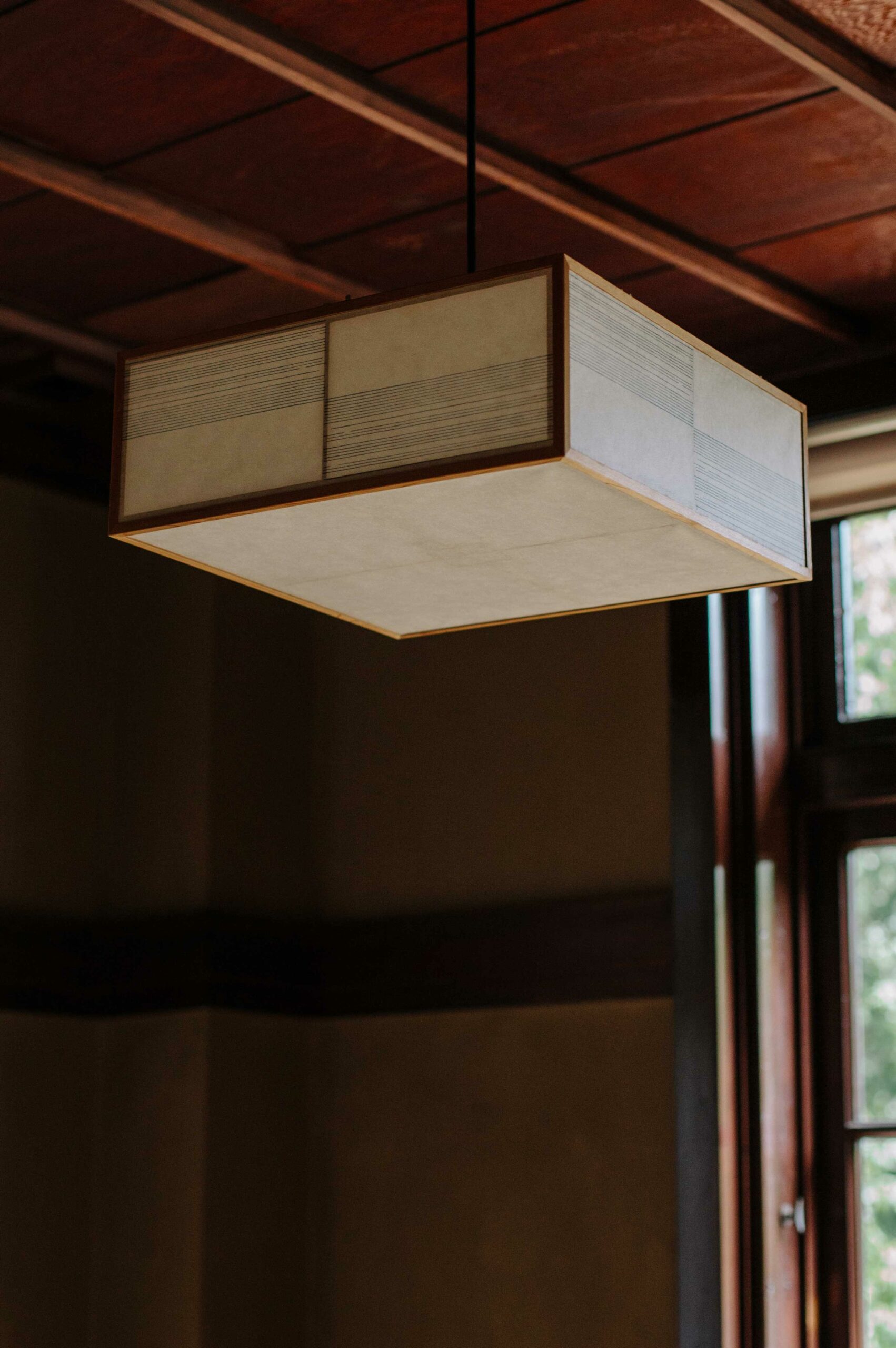
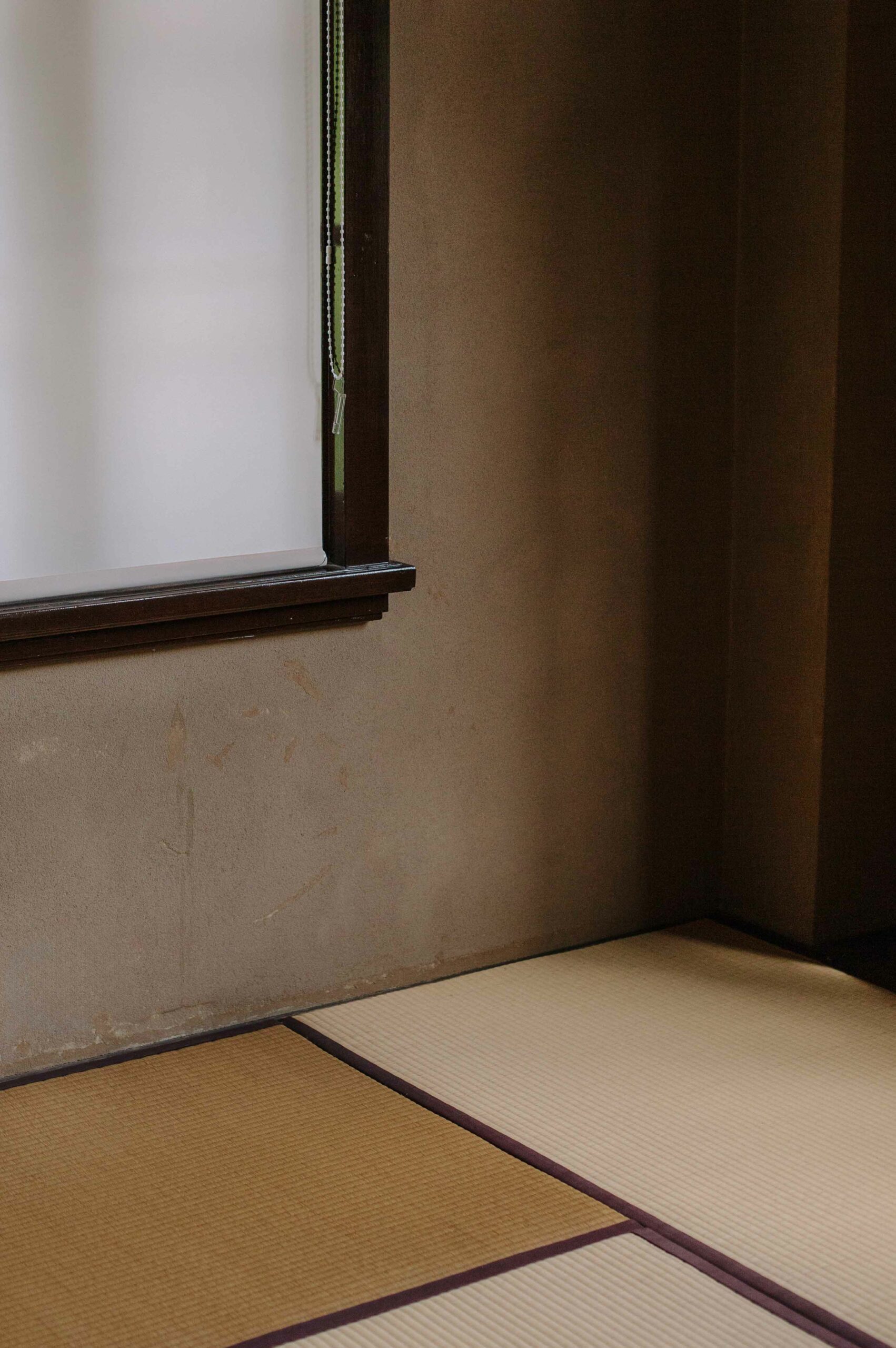
Marquis Maeda married a young woman named Namiko, a distant relative within the Maeda clan, in 1906, with whom he had two children. His second child died in infancy, and during the Maeda family’s later stay in Europe, Namiko also succumbed to illness and died. Several years later, Marquis Maeda married Kikuo, of the Sakai clan, who had been the former feudal lords of the Himeji domain. Four more children were born, and all members of the Maeda family moved into the ‘European’ house upon its completion.
Visitors to the house who have seen Studio Ghibli’s When Marnie Was There (2014) will immediately feel familiar with the space. Although ‘the Marsh House’ of the film wasn’t based on Marquis Maeda’s own home, the prevalence of European-style houses in Japan during the Meiji Period fostered a common set of aesthetic sensibilities. From Nagasaki in the deep south of the country, to Hokkaido in the far north, the ‘European house’ became a symbol of status and wealth in Meiji Period Japan. Signature interior styles included patterned damask wallpaper and wooden parquet floors, always polished to a high gloss. Chintz and velvet curtains hung in abundant folds, and furniture was fine-bodied, made of dark woods such as walnut, mahogany, and teak.
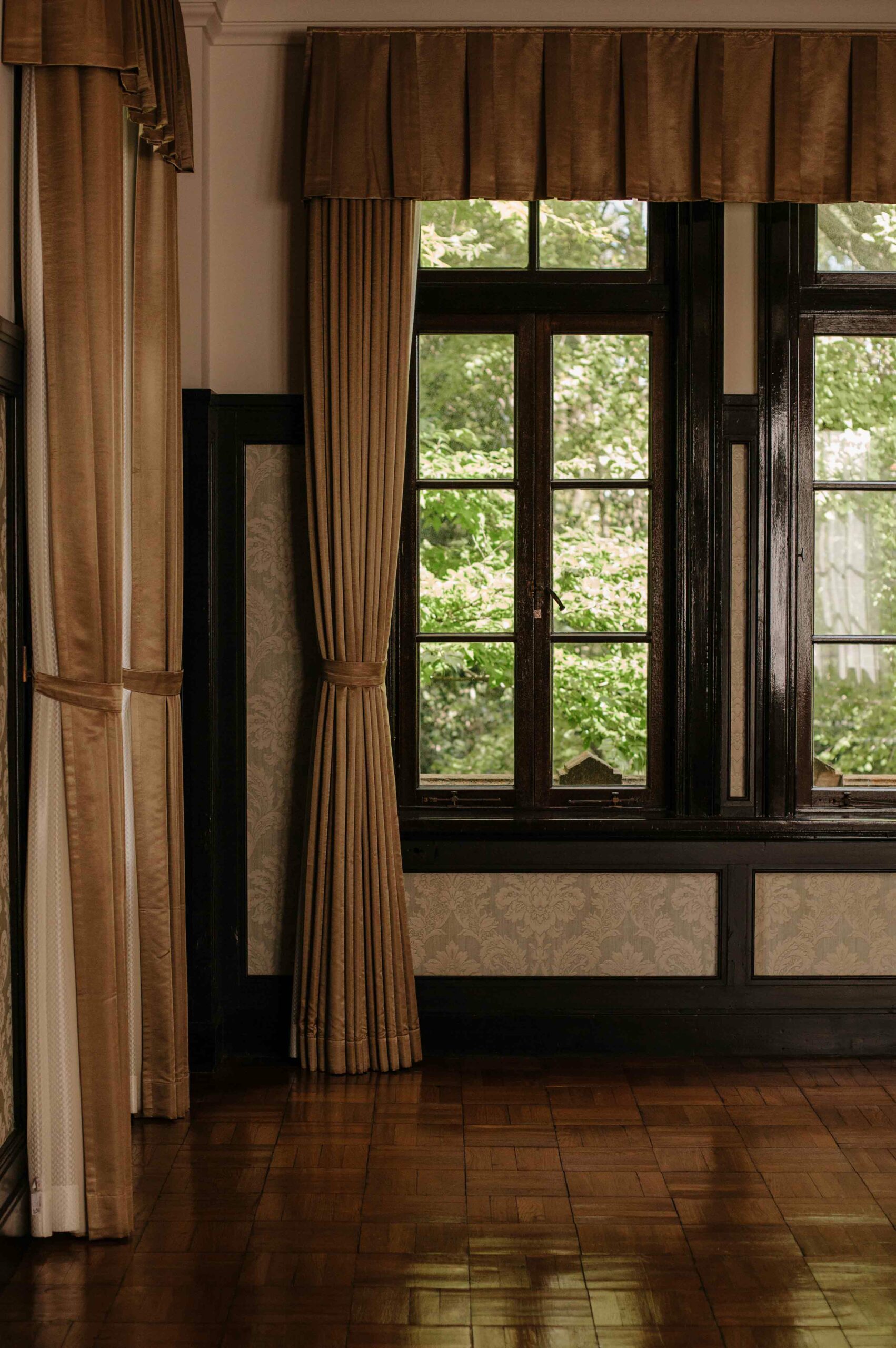
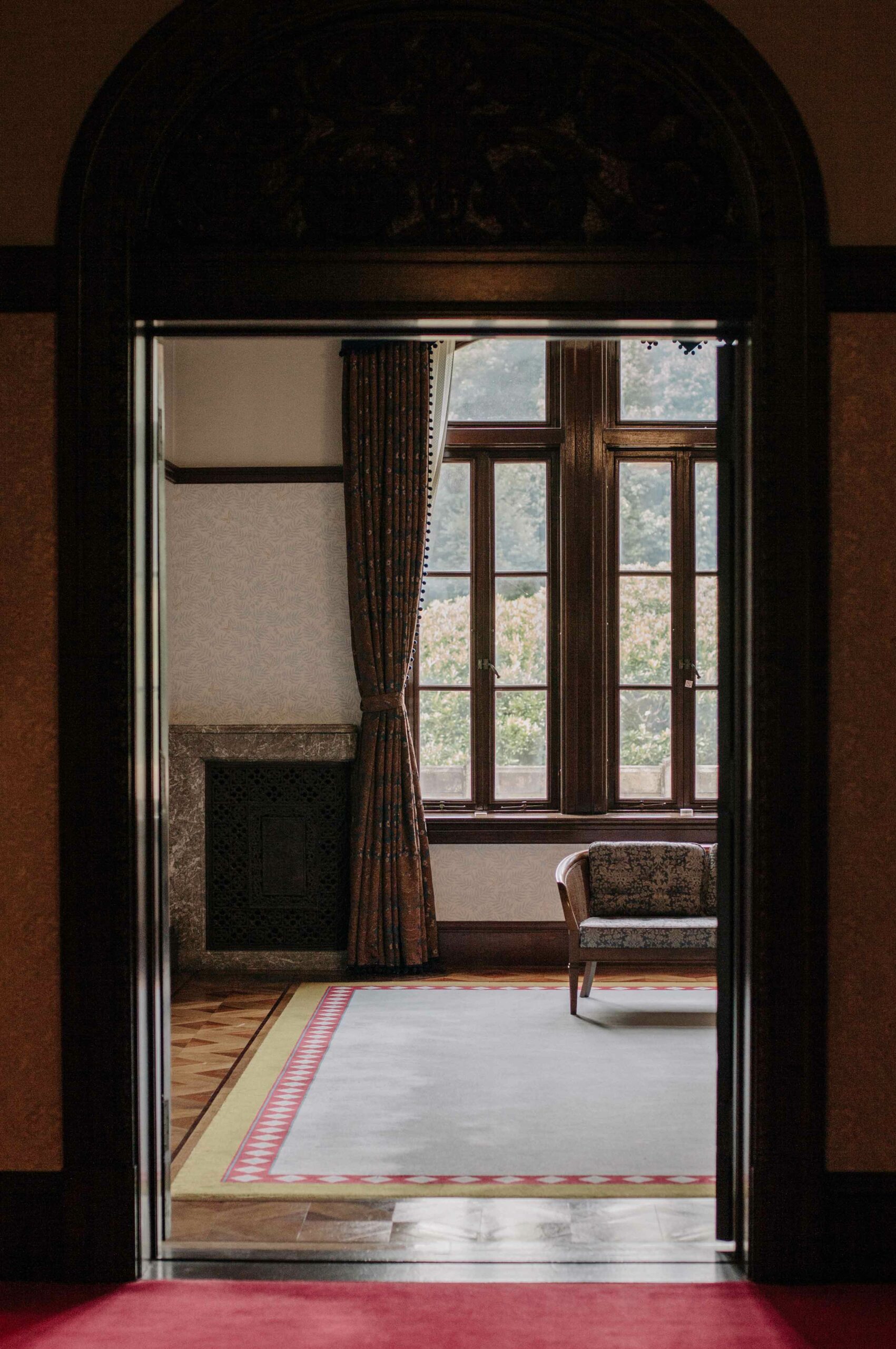
As you wander through these rooms, which are somehow sumptuous and desolate all at once, it’s easy to imagine the figure of a lonely little girl in an expensive dress, perhaps gazing out of a window into the surrounding parkland. Of course, there’s no way of truly knowing what the children of the Maeda family experienced in their young lives, or whether this grand mansion ever felt more like an actor’s stage than a family home.
The master bedroom is one of the most carefully refurbished rooms in the house. An enormous space with high ceilings, it makes the modest double bed placed against the far wall seem almost comically small. A mahogany vanity is placed in the window alcove, the one corner of this otherwise dark room which is bathed in natural light. These petite furnishings create a sense of tiny people in an oversized house, a mismatch one feels throughout the property.
On the second floor of Marquis Maeda’s mansion is an ornate sitting room, decorated with more chintz and velvet than any other part of the house. A portrait of Kikuo hangs In the centre of the wall above a fireplace. She is painted wearing the clothes of the English upper-class, complete with fur stole and finger-waved hair; signature styles of the 1930s. With her gentle face and mysterious smile, she bears a striking resemblance to a young Empress Michiko (although the two aren’t related). In a house conspicuously devoid of human presence, the power of this portrait feels uncanny; is she watching you, as you intrude on her former home?
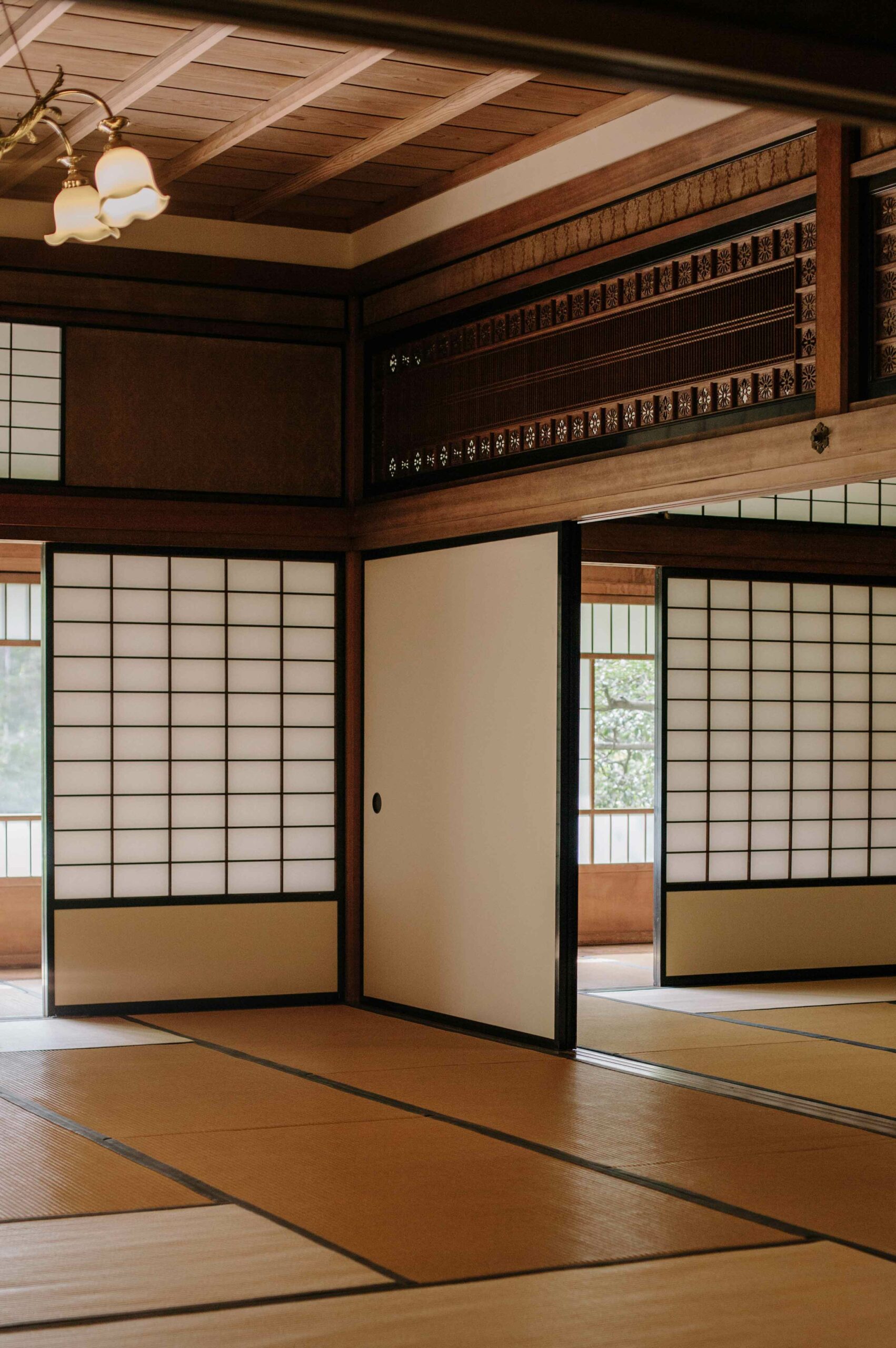
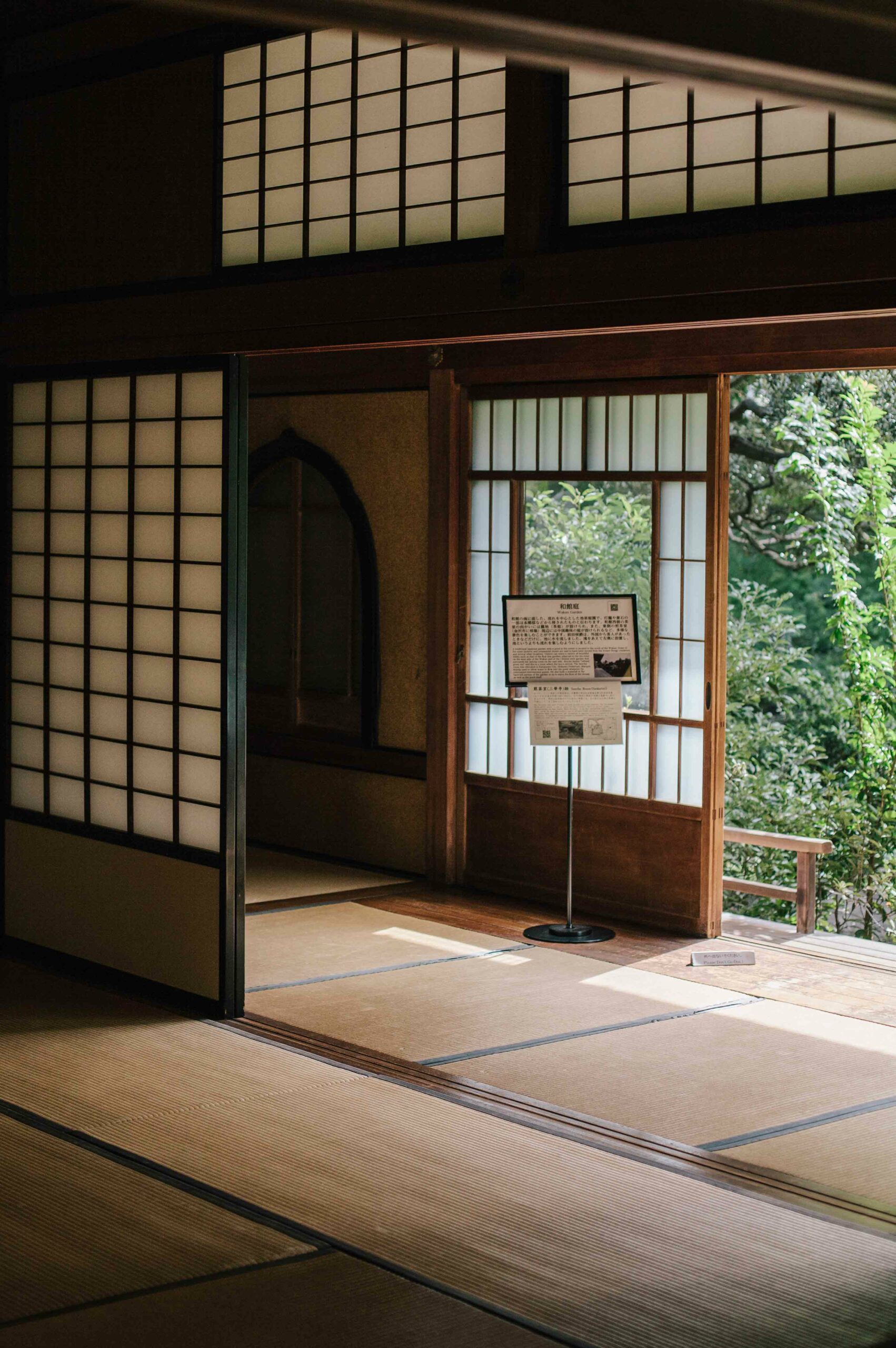
Marquis Maeda’s Japanese home, connected to the European mansion by a tiled external corridor, couldn’t be a more different experience. Although built in 1930 with the sole intention of ‘introducing European visitors to Japanese culture’, it feels warm and inviting. The rigidity and brash ornateness of the previous mansion is quickly forgotten, and even the staff at the front desk of the Japanese house appear more relaxed and at ease than those minding the entrance of the European house. They talk to each other about the weather and yesterday’s lunch, and discuss ‘gifts’ left by the neighbourhood cat in hushed, grave tones.
The Japanese home’s traditional shо̄in-zukuri interior is a network of sliding doors and tatami mats, complete with an engawa (wooden corridor) separating the outer walls from the inner screens. The house looks out over a beautiful Japanese-style garden; a petite composition of rolling, mossy hillocks and stone lanterns, intersected by a flowing stream under a deeply-arched maple tree. It’s a scene of absolute peace, and it’s easy to wonder if the Maeda family didn’t spend more time here than they did behind the thick concrete walls of the European house.
Marquis Maeda retired from active military service in 1939 at the age of 54. He returned to his homes in Komaba with the intention of enjoying his retirement surrounded by his family, and their myriad material comforts. However, in 1942, Maeda was re-drafted and assigned to Japan’s occupied territories in Borneo. In September of that year, after officiating at the execution of five men caught stealing petrol from a Japanese air base, Maeda boarded a plane from Padungan to Labuan. The plane never arrived, having crashed due to a presumed technical fault en route. In 1945, his two homes were requisitioned by the allied military administration stationed in Tokyo. A few years later, they were released from requisition and are now publicly owned, and open to visitors as part of Komaba Park’s extensive grounds.
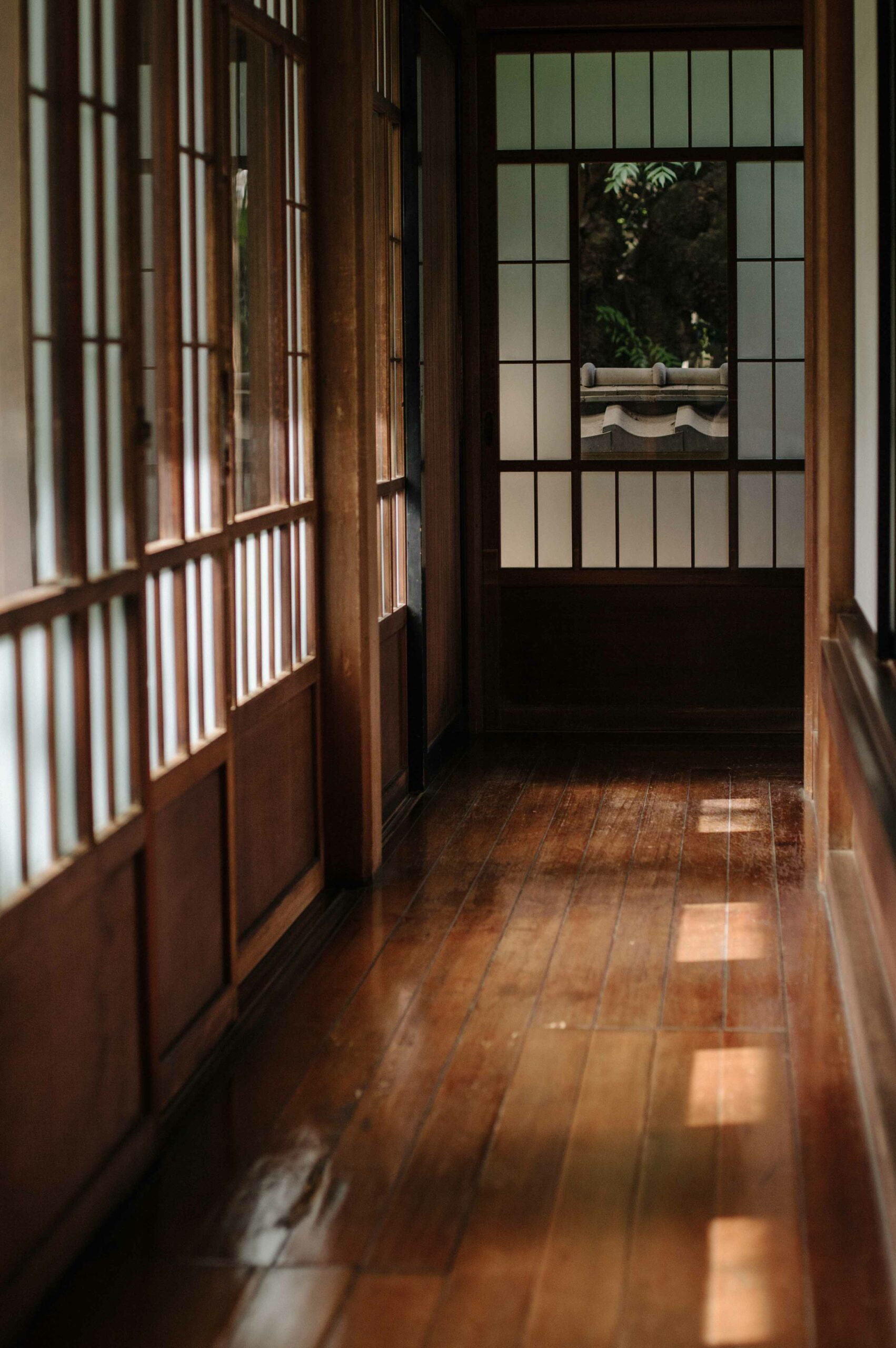
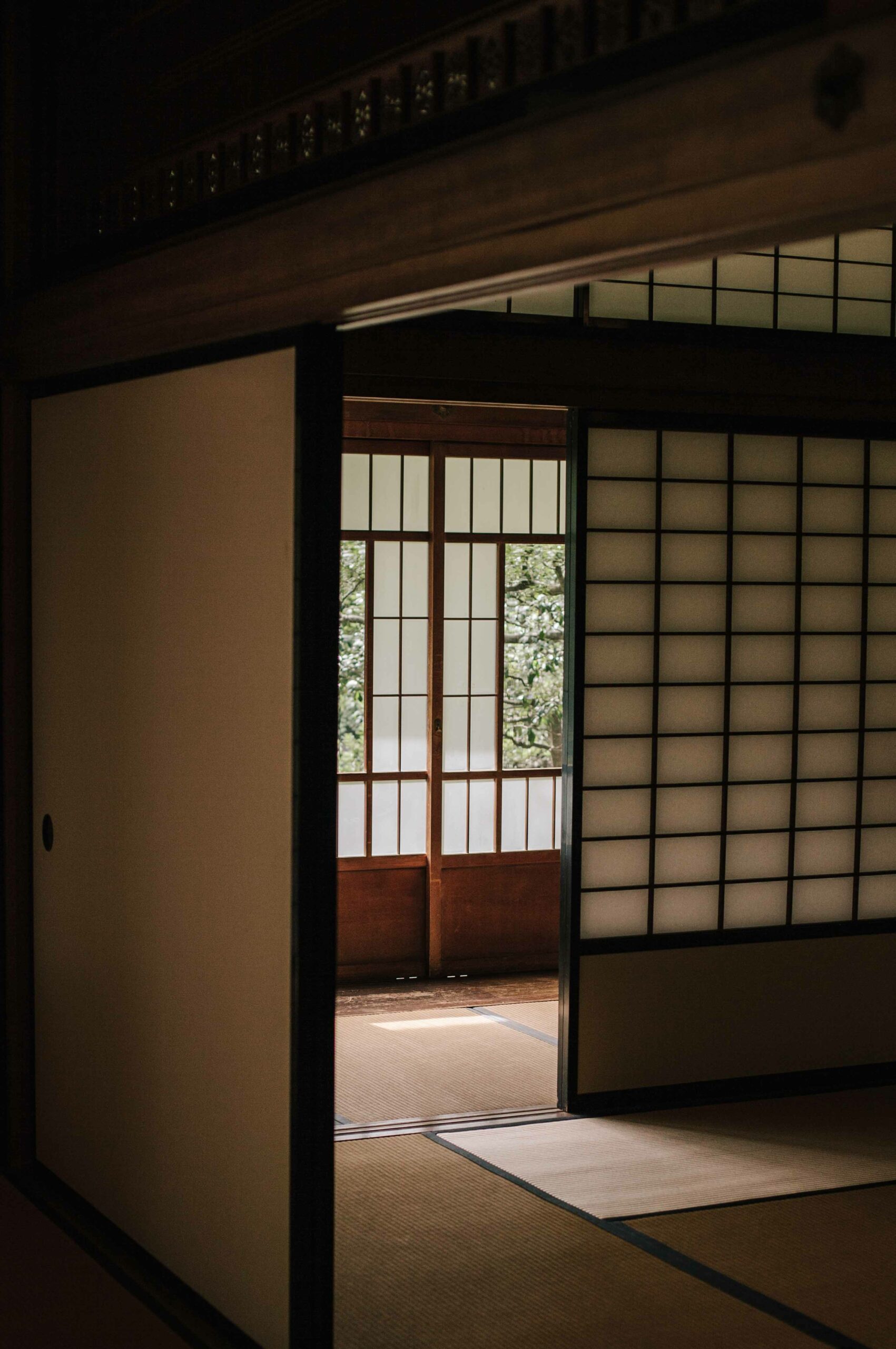
Access: The most straightforward route to Komaba park starts at Yoyogi-uehara train station. Follow this walking route to access the Maeda homes. It’s also right next to the Japan Folk Crafts Museum, which is an absolute must-visit location.
Name: Former Residence of the Maeda Family
Address: Komaba Park, 4 Chome−3−55, Komaba, Meguro City, 153-0041
Open: 9:00am – 4:00pm, for both the European and Japanese houses. Closed on Mondays, Tuesdays and during year-end holidays.
Admission: Free.
Website: https://www.city.meguro.tokyo.jp/kuminnokoe/bunkasports/rekishibunkazai/kyumaeda.html
Post by Japan Journeys




